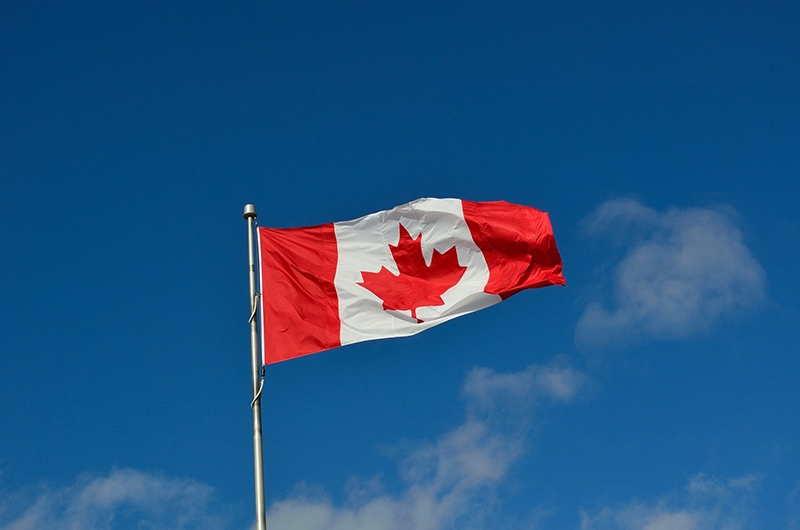Labelling represents an important part of a cosmetic product packaging, from both the regulatory and marketing view. Each country has its own regulatory framework, including specific labelling requirements.
Companies that are selling products worldwide have to make sure that their product labels are compliant with labelling requirements of every country they are selling in.
Product labelling includes various information, but one of the most important parts of the labelling is definitely an ingredient list, which informs the customers about product composition.
Writing a correct and compliant ingredient list is not as easy as one might think, so it is important to know the rules on how to write it.
European Union
1. Product composition
The first step towards writing a compliant ingredient list is having the exact and complete product composition. Product formula has to include all raw materials (substances or mixtures), which are used in the manufacturing of the cosmetic product.
In case the product contains raw materials, which are mixtures, all substances that are part of the mixture, have to be included in the product formula (e.g. preservatives used for preserving raw materials, antioxidants, solvents, etc.).
All ingredients listed in the product formula have to be included in the ingredient list and appear on the product label. There are only the following two exceptions, which do not have to be included:
- Impurities in the raw materials used
- Subsidiary technical materials used in the mixture but not present in the final product.
2. Nomenclature
Once we have the product formula, we have to make sure that we are using the correct ingredient names. The ingredients have to be listed by their International Nomenclature Cosmetic Ingredient name or INCI name.
The list of INCI names can be found in Glossary of Common Ingredient Names published by the European Commission. INCI names can also be accessed via CosIng database, found online on the European Commission website for cosmetics.
For perfume and aromatic compositions, the INCI names 'parfum' or 'aroma' should be used.
Colourants, other than colourants used to colour hair, should be listed by their Colour Index Number (CI).
In case a product contains nanomaterials, this has to be clearly indicated by using the word 'nano' in brackets next to INCI name of the nanomaterial (e.g. titanium dioxide [nano]).
3. Appearance and location
The ingredient list has to be preceded by the term 'ingredients', followed by the list of ingredients present in the product. It is important that the ingredient list is visible to the consumer at the time of purchase.
It can appear on the outer packaging only. If there is no outer packaging, the ingredient list must appear on the container. Where it is impractical to indicate the ingredients on the packaging, the information has to be mentioned on an enclosed or attached leaflet, label, tape, tag, or card and should be referred to by the open book symbol.
4. Order of declaration
The list of ingredients has to be listed in descending order of weight of the ingredients at the time they are added to the cosmetic product.
Ingredients that are present in a concentration of less than 1% may be listed in any order after those with a concentration of more than 1%.
Colourants other than hair colorants may be listed in any order after the other cosmetic ingredients.
As mentioned before, if the raw material is supplied as a mixture, each individual ingredient must be declared separately, considering its concentration in the finished product.
5. Declaration of allergens
The presence of any of the 26 allergens listed in Annex III of the Cosmetics Regulation 1223/2009 has to be declared in the ingredient list, but only if their concentration exceeds:
- 0.001% for leave-on products (e.g. face cream)
- 0.01% for rinse-off products (e.g. shower gel)
It is important to add that if any of the 26 allergens are present in different ingredients of a cosmetic product, the concentration of all allergens has to be added up in order to check whether the summed-up concentration of the allergens exceeds the allowed threshold.
6. Decorative cosmetics
For decorative cosmetics marketed in several shades, it is allowed to use a common ingredient list for the whole colour range. To do so, all colorants used in the range may be listed, provided that they are preceded by the words 'may contain' or '+/- '
US

1. Product composition
In the US, the ingredient list does not have to include incidental ingredients, which are defined as:
- Any processing aid added and removed or converted to a declared ingredient
- Any ingredient of another ingredient or processing aid present at an insignificant level and having no technical or functional effect.
In case the product includes any 'trade secret ingredients', which have been accepted by US Food & Drug Administration (FDA) as exempt from public disclosure, they do not have to be listed on the label.
In place of their name, it is allowed to use the phrase 'and other ingredients' at the end of the ingredient list.
2. Nomenclature
Ingredients have to be written by the name established by the commissioner as specified in section 701.30 of the Title 21 of the Code of Federal Regulations, or by the name adopted in the following publications:
- CTFA Cosmetic Ingredient Dictionary
- United States Pharmacopeia
- National Formulary
- Food Chemical Codex
- USAN and the USP Dictionary of Drug Names.
If the name is still not found, then it is possible to use the name that is generally recognised by consumers or a chemical or technical name or description.
Usually, the names given in the above sources are INCI names, so the ingredient list does not differ much from the ingredient list used in the EU.
However, there are certain exceptions:
- Perfumes and flavours have to be listed as 'fragrance' and flavor'
- Colour additives should be named by the FDA Color additive name (e.g. FD&C Yellow No. 5)
- Botanical ingredients should include common names (e.g. Rosmarinus Officinalis (rosemary) extract).
If you want to use one ingredient list for the USA and the EU, it is possible to write both names, e.g. water (aqua).
3. Appearance and location
Rules on appearance and location are similar to the ones in the EU. It is important that the declaration is clearly visible and easy to be read and understood by ordinary individuals under normal conditions of purchase.
Additionally, the font size should not be less than 1/16 inch in height.
If a product has outer and inner packaging, then the ingredient list can appear only on the outer packaging. The list of ingredients can appear on the information panels (side panels of the packaging).
4. Order of declaration
Like in the EU, ingredients must be listed in descending order of predominance. Ingredients with a concentration below 1% may be listed in any order after the listing of the ingredients present at more than 1%.
Colour additives may be listed in any order after all other ingredients.
Trade secret ingredients may be listed at the end of the ingredient list, using the phrase 'and other ingredients.'
5. Declaration of allergens
The FDA does not require allergens to be declared on the label.
6. Decorative cosmetics
Decorative cosmetic products sold in the USA may also share one ingredient list among shades within the same product range. In this case, each shade has the same ingredient list, where the colorants have to be listed and the end of the ingredient list and after the phrase 'may contain'.
However, it is important to add that all colorants, which appear in all shades, must be listed before 'may contain'. All the others, which do not appear in all shades, may be listed in 'may contain' section.
Since one ingredient list is shared among many shades, there is sometimes the case, that there are also ingredients other than colorants, which are not included in all shade formulations.
In this case, it has to be written in which shade those ingredients are present, e.g. beeswax in peach shade.
Canada

1. Product composition
Canada has the same definitions of incidental ingredients as the USA and also does not require them to be included on the label.
2. Nomenclature
Ingredients have to be listed by their INCI names, and as the EU, Canada also accepts words 'parfum' or 'aroma' for fragrances or flavours. Botanical ingredients must be listed at a minimum by the genus and species names or by using the complete INCI name.
It is important to also check the Schedule of the Cosmetic Regulations (Appendix 1). The names listed there can either be used by their EU trivial name or by the English and French equivalent. It is also allowed to use all three names together.
3. Appearance and location
Like in the EU and USA, all cosmetic products require the ingredient list to be present on the label. It has to be listed on the outer packaging or, in case the product does not have an outer packaging, it has to appear on the container label.
Products, which are too small or impractical to include the ingredient list on the label, ingredients have to appear on the tag, tape or card affixed to the product.
It is common, although not mandatory that the ingredients are preceded by the term "ingredient" or "ingredients/ingrédients".
4. Order of declaration
Rules on ingredient order are the same as in the EU and the US.
In addition to colouring agents, flavouring and fragrance agents may also be listed at the end of the ingredient list.
5. Declaration of allergens
In Canada, it is also not a requirement to list allergens on the label.
6. Decorative cosmetics
For make-up products (e.g. eyeshadow, lipstick), nail polishes and nail enamel, it is allowed to use one ingredient list. The list must include all colouring agents used in the range, preceded by the symbol "+/-" or the phrase "may contain/peut contenir".

